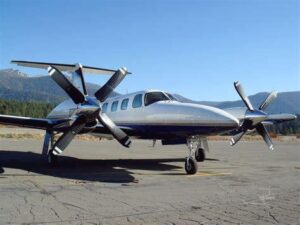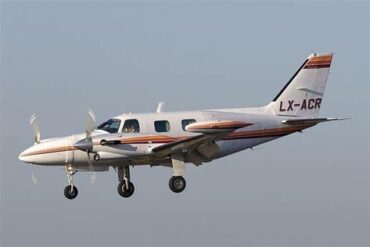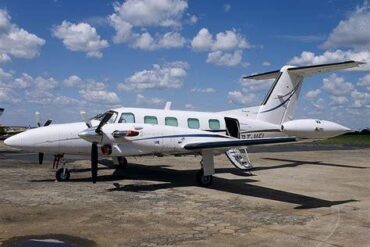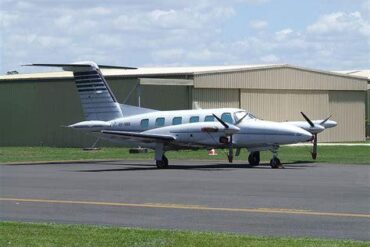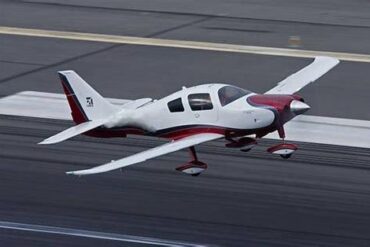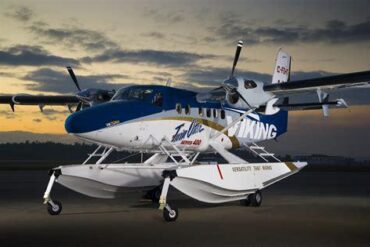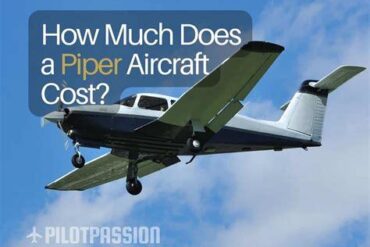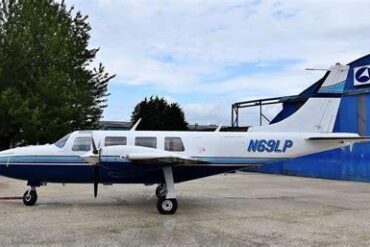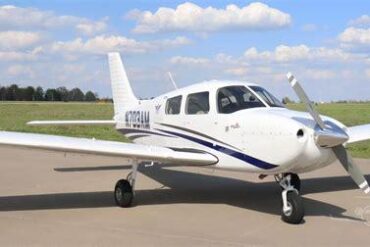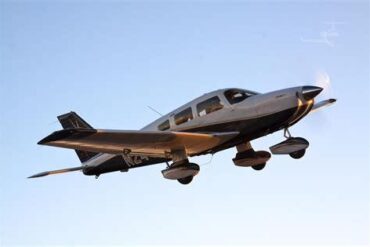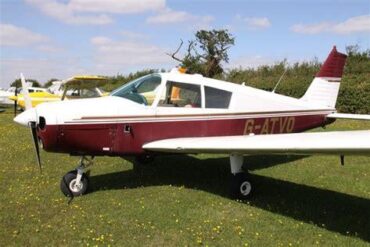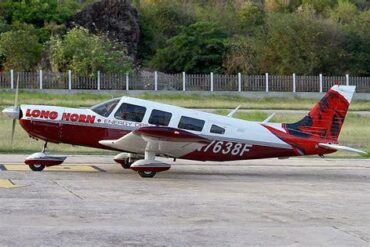The Piper Cheyenne 400 LS is a remarkable aircraft that combines efficiency, comfort, and advanced technology. This twin-engine turboprop has established itself as a favorite among private pilots and corporate operators due to its impressive performance and operating capabilities. In this article, we will delve into the price of the Piper Cheyenne 400 LS and explore the various operating costs associated with owning and maintaining this exceptional aircraft.
Overview of the Piper Cheyenne 400 LS
The Piper Cheyenne 400 LS is a part of the Cheyenne family, renowned for its reliability and versatility. With a maximum cruise speed of approximately 300 knots and a range of about 1,600 nautical miles, it stands out in the turboprop market. The aircraft features a spacious cabin capable of accommodating up to six passengers, making it an ideal choice for both business travel and personal use.
Specifications
-
Engines: Pratt & Whitney PT6A-135A
-
Horsepower: 600 hp each
-
Wingspan: 50 feet 6 inches
-
Length: 30 feet 8 inches
-
Height: 11 feet 7 inches
-
Max Takeoff Weight: 7,000 lbs
These specifications highlight the Cheyenne 400 LS’s capabilities, demonstrating its ability to operate efficiently in various conditions.
Purchase Price of Piper Cheyenne 400 LS
When considering the purchase price of a Piper Cheyenne 400 LS, prospective buyers should note that prices can vary significantly based on factors such as age, condition, and installed equipment. On average, the cost of a used Piper Cheyenne 400 LS typically ranges from $700,000 to $1.5 million.
Factors Influencing Purchase Price
-
Aircraft Age: Newer models often carry a premium price tag compared to older ones.
-
Maintenance History: An aircraft with a comprehensive maintenance record may command a higher price due to its perceived reliability.
-
Avionics and Upgrades: Aircraft equipped with modern avionics and additional features can be priced significantly higher.
-
Market Demand: Fluctuations in the market can affect pricing, making it essential to conduct thorough research.
Operating Costs of Piper Cheyenne 400 LS
Owning a Piper Cheyenne 400 LS comes with various operating costs that must be carefully considered. Understanding these costs helps prospective owners budget effectively and ensures they can maintain the aircraft properly.
Fuel Costs
One of the most significant ongoing expenses for any aircraft owner is fuel costs. The Piper Cheyenne 400 LS has a fuel consumption rate of approximately 40 gallons per hour (GPH). With current fuel prices averaging around $5 to $6 per gallon, owners can expect to spend between $200 and $240 per hour on fuel alone.
Maintenance Costs
Routine maintenance is crucial for ensuring the safety and longevity of the Piper Cheyenne 400 LS. Annual maintenance costs typically range from $30,000 to $50,000, depending on usage and specific service requirements. Key maintenance considerations include:
-
Scheduled Inspections: The aircraft requires regular inspections, including 100-hour and annual checks.
-
Engine Overhauls: Engine overhauls can be expensive, with costs ranging from $50,000 to $150,000 depending on the engine’s condition and hours flown.
-
Parts Replacement: Replacing parts such as landing gear components, brakes, and avionics can add to maintenance costs.
Insurance Costs
Insurance is another essential aspect of owning a Piper Cheyenne 400 LS. Depending on the pilot’s experience, the aircraft’s value, and coverage options, annual insurance premiums can range from $10,000 to $25,000. Factors influencing insurance rates include:
-
Pilot Experience: More experienced pilots often qualify for lower premiums.
-
Coverage Type: Comprehensive policies provide broader coverage but come at a higher cost.
Hangar Fees
Storing the Piper Cheyenne 400 LS in a hangar is essential for protecting the aircraft from weather-related damage. Hangar fees can vary widely based on location and amenities, averaging between $500 and $2,000 per month. Owners should consider the following factors when budgeting for hangar costs:
-
Location: Airports in urban areas typically have higher fees than those in rural locations.
-
Type of Hangar: Climate-controlled hangars usually come at a premium.
Crew Costs
For owners operating the Piper Cheyenne 400 LS for business purposes, crew costs are a significant consideration. Hiring qualified pilots can incur expenses ranging from $60,000 to $120,000 annually, depending on experience and flight hours. Additionally, ongoing training and certification are essential to maintain safety standards.
Total Estimated Operating Costs
To provide a clearer picture of the overall operating costs associated with the Piper Cheyenne 400 LS, we can summarize the estimated costs:
-
Fuel Costs: $200 – $240 per hour
-
Maintenance Costs: $30,000 – $50,000 annually
-
Insurance Costs: $10,000 – $25,000 annually
-
Hangar Fees: $6,000 – $24,000 annually
-
Crew Costs: $60,000 – $120,000 annually (if applicable)
Example Calculation
Assuming an average of 300 flight hours per year, the total estimated operating costs would be:
-
Fuel Costs: $200/hour x 300 hours = $60,000
-
Maintenance Costs: $40,000
-
Insurance Costs: $15,000
-
Hangar Fees: $12,000
-
Crew Costs: $90,000
Total Estimated Operating Costs: $217,000 annually
Conclusion
The Piper Cheyenne 400 LS offers an excellent blend of performance and comfort, making it a desirable choice for many aviation enthusiasts and business operators. While the purchase price can range from $700,000 to $1.5 million, potential owners must also consider the ongoing operating costs, which can total around $217,000 annually based on typical usage patterns.
Investing in the Piper Cheyenne 400 LS is not just about the initial purchase; understanding and budgeting for operating costs is crucial for a successful ownership experience. By carefully analyzing all aspects, from fuel consumption to maintenance, owners can ensure that their investment remains both enjoyable and financially viable.
